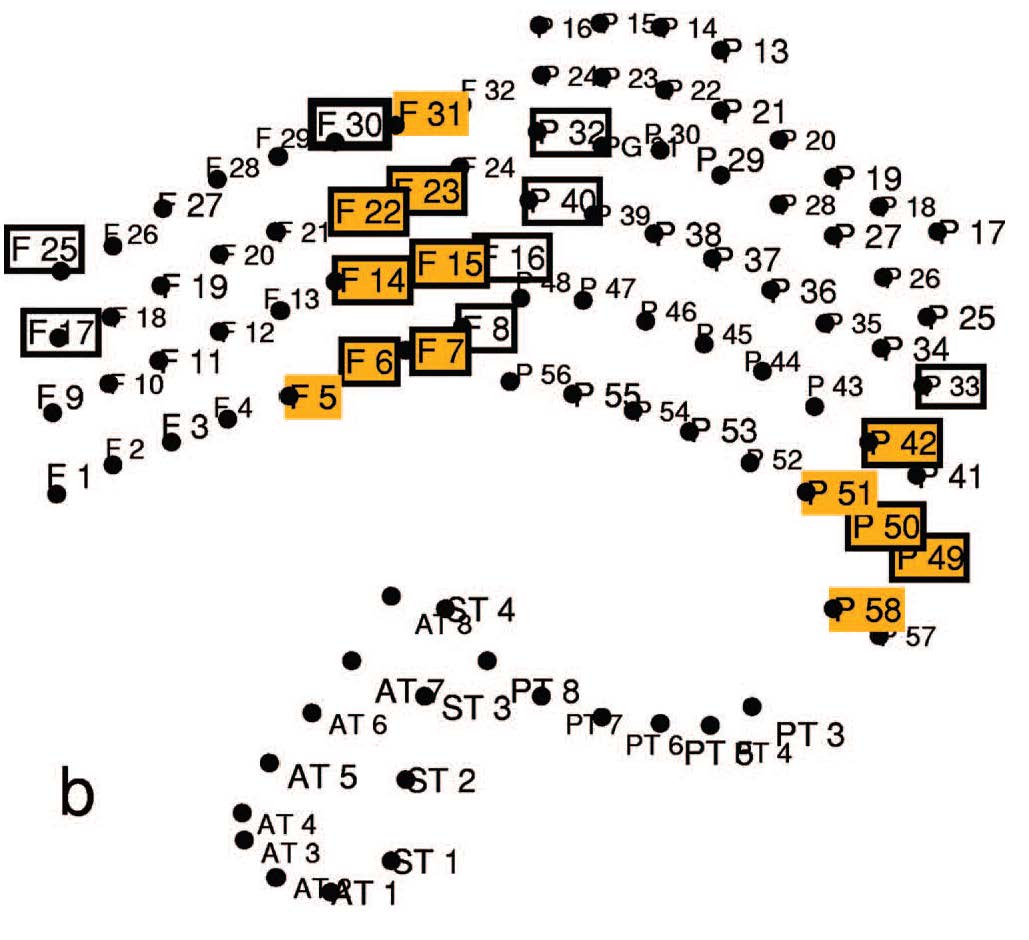Detecting and localizing the foci in human epileptic seizures
Eshel Ben-Jacob, Stefano Boccaletti, Anna Pomyalov, Itamar Procaccia and Vernon L. Towle.
Chaos 17,043113 (2007). ArXiv: physics/0702114
Epilepsy is defined as a condition of chronic unprovoked seizures. It is one of the most common neurological disorders, affecting more than 50 million people worldwide. About 1/3 of cases are not adequately controlled by medication, causing a severe reduction in independence and quality of life. If an individual’s seizures are stereotyped and appear to have a focal onset, surgical resection may be a consideration.
Localizing accurately the epileptic focus (or foci) is therefore an essential part of surgical planning. We propose a simple and computationally fast method based on phase synchronization, that is able to correctly localize the foci of epileptic seizures. The method was applied to the data of three patients. The overlap of the location of the electrodes, identified by our method, and the resected areas was consistent with the degree of surgery success.

a. The computed tomography (CT) image with electrodes marked by surgeons.

b. The electrode scheme projected on the plane. The electrodes placed over focal areas as identified by our method, are marked with rectangles. The area under the highlighted electrodes was removed during surgery.


